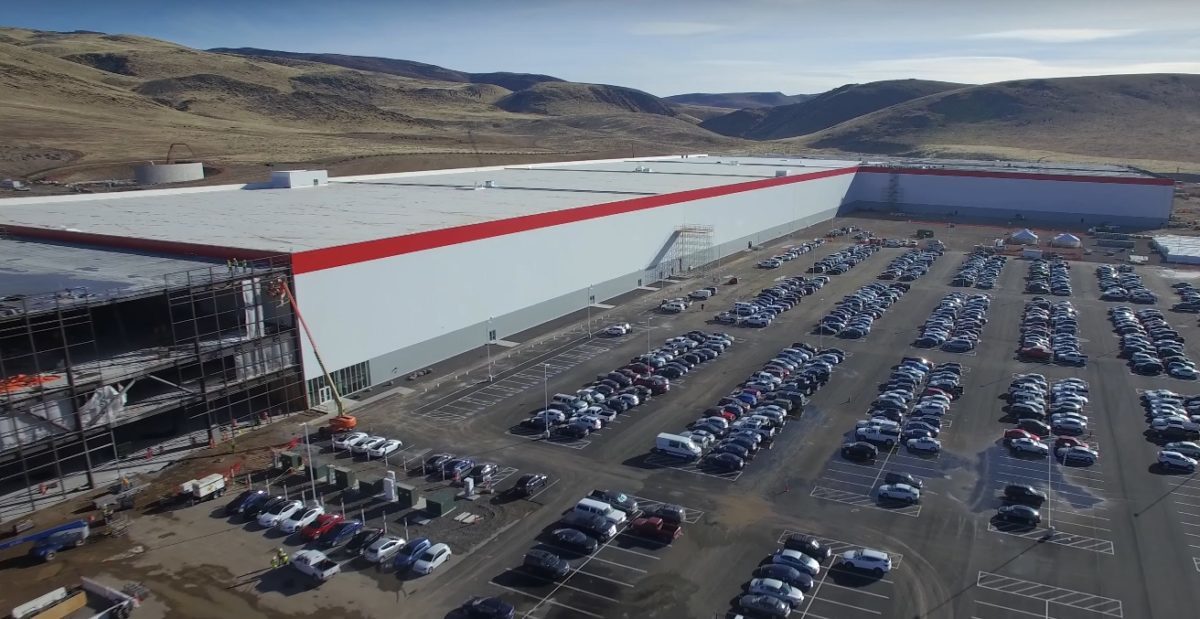From pv magazine USA
Tesla’s quarterly results calls are nothing if not dramatic. Even in quarters where there is no scandal involving Elon Musk and social media, there are often huge sums lost, even more raised, and the exponential growth of the company’s EV business.
The second quarter of 2019 was no exception, with Tesla delivering a record 95,000 vehicles and cementing the Model 3 as by far the best-selling premium automobile in the United States, while it installs tools at its new gigafactory in Shanghai and promises its “Model Y” by the end of 2020.
But beneath this drama, there are slower trends, and one of these is the company’s shrinking presence in the U.S. rooftop solar market. In the second quarter of 2019, Tesla deployed only 29 MW of solar, a 65% fall from a year ago.
This is less rooftop solar than Sunrun, SunPower or Vivint have been installing on a quarterly basis. While we are not able to clearly determine how much solar Sunnova is installing, Tesla – formerly the largest residential solar installer in the United States, with a roughly 1/3 share of the total market – has clearly falling out of the top three nationally.
Nor in its Q2 results was there any mention of the greatly hyped Solar Roof, which Elon Musk has admitted has gone through several iterations, and which does not appear to be being deployed at significant volumes.
Tesla’s quarterly letter to shareholders offered little explanation for the shrinking of its rooftop solar business, stating that “We are in the process of improving many aspects of this business to increase deployments”, and also blaming the low deployments on seasonality.
Some of this change is almost certainly due to Tesla’s shifts in sales strategies, with the company first moving away from door-to-door sales to sales from its stores, and now to online sales. And while the prices of PV systems through its website are far below its competitors at less than $2/watt, these clearly have not yet delivered high volumes.
Battery deployments more than double
But where Tesla’s PV installations are falling off the map, battery deployments continue to rise, with Tesla deploying 415 MWh of batteries – more than double the volume a year ago.
In its quarterly letter to stockholders, Tesla noted that its Powerwall batteries are installed at more than 50,000 sites, and noted that upstream developments are assisting in its success. According to the letter:
Additional cell supply combined with our new module line designed by Tesla Grohmann enabled a step change in energy storage production.
Tesla also cited “increased profitability” in its energy storage business, which it says offsets the drop in solar in its Energy Generation and Storage division. During the quarter, the division returned to a 12% gross margin, after a less profitable Q1.

Future factories
Tesla’s Q2 results call did not address the Energy Generation and Storage business, focusing entirely on its automotive business. However, the company has revealed that it has begun installing tools at its Shanghai Gigafactory, and when the factory is done at the end of 2019 this will increase Tesla’s battery production capacity.
In terms of how much of this will be consumed by its EV production, during the call Tesla declined to talk about the details regarding internal versus external supply of batteries in China. Company officials instead referred to the upcoming Battery Day event.
In addition to the Shanghai gigafactory, Tesla says that it is currently looking for a location for its new European gigafactory, and expects to have this factory online in 2021.
And so even with its solar business withering, Tesla and its presence in the world of batteries and electromobility continues to grow. The company brought in more than $6.3 billion in revenues during the quarter, and is sitting on a record $5 billion in cash to fund its growth, which Musk insists must be understood as exponential, not linear.
Profitability remains somewhat elusive. Tesla managed to bring its operating margin down to only 2.6% during the quarter, and is expecting near break-even profitability next quarter, and to be clearly in the black during Q4.
And as always, there is no shortage of ambition for the future. “If you are not in the terawatt-hour range, it’s a nice news story but it is not fundamentally changing the energy equation,” stated Musk.
This content is protected by copyright and may not be reused. If you want to cooperate with us and would like to reuse some of our content, please contact: editors@pv-magazine.com.



2 comments
By submitting this form you agree to pv magazine using your data for the purposes of publishing your comment.
Your personal data will only be disclosed or otherwise transmitted to third parties for the purposes of spam filtering or if this is necessary for technical maintenance of the website. Any other transfer to third parties will not take place unless this is justified on the basis of applicable data protection regulations or if pv magazine is legally obliged to do so.
You may revoke this consent at any time with effect for the future, in which case your personal data will be deleted immediately. Otherwise, your data will be deleted if pv magazine has processed your request or the purpose of data storage is fulfilled.
Further information on data privacy can be found in our Data Protection Policy.